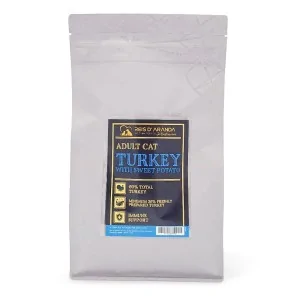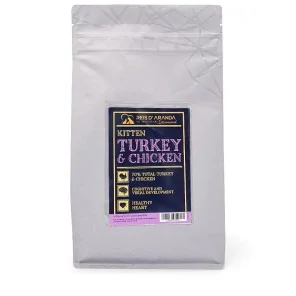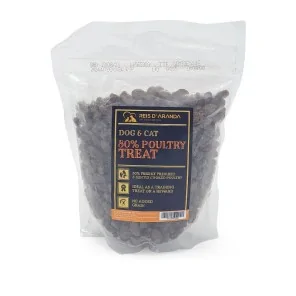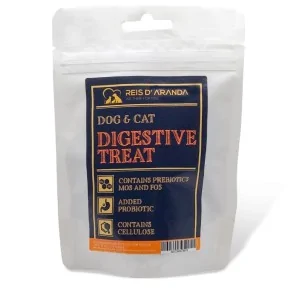Its name says it all: the Vienna blue rabbit comes from Austria. Not only is it beautiful with its shiny blue-grey...
THE MAINE COON CAT
INTRODUCTION
The Maine Coon is a large, sociable cat, hence its nickname, ‘the gentle giant’. It is characterised by a prominent ruff along its chest, a robust bone structure, a rectangular body shape, an uneven two-layered coat with longer guard hairs over a silky satin undercoat and a long bushy tail.
THE ORIGIN OF THE MAINE COON
The Maine Coon is one of the most uncertain of all cat breeds as to its origins. The first official reference dates from 1861 to a black and white cat named Captain Jenks of the Horse Marines. In Boston and New York, the felines were the subject of popular exhibits and when the Cat Fanciers' Association was formed in 1908, the fifth cat registered was a Maine Coon named Molly Bond. But by then, the desirable Persians and exotic Siamese cats from England marked the end of the Maine Coon's popularity for half a century. To the breed's good fortune, the situation changed in the 1960s when the Maine Coon Association was formed in 1968. Today, these big, beautiful cats are among the most popular in the world.
WHAT DOES THE MAINE COON LOOK LIKE?
The average weight of the Maine Coon is between 6 and 8 kg. Females should not exceed 5 kg. Their body is muscular and their chest is broad. In addition, the body should be elongated and rectangular in shape. The legs of the Maine Coon are strong, muscular, wide apart, of medium length and well proportioned. The paws are large, round and full of tufts of hair. In some dogs these tufts are so long that they protrude more than 2 cm between the toes. The tail should be approximately as long as the body.
THE HEALTH OF THE MAINE COON
The maine coon is generally in good health, but may carry and develop diseases that cause pain or reduced mobility. The most common inherited diseases are:
- HIP DISPLASIA: an orthopaedic condition affecting the hip. It causes little or no pain, but in the worst cases can lead to severe lameness.
- HYPERTROPHIC MYOCARDIOPATHY: This is not only diagnosed in the maine coon but is the most common heart disease in cats. This condition causes enlargement of the myocardium and is hereditary. There is a genetic test to detect carrier cats.
- SPINAL MUSCULAR ATROPHY: This is a genetic disease affecting the nerves of the skeletal muscles of the trunk and limbs, causing weakness and muscular dystrophy.
The coat is approximately 5 cm long and has a silky, lustrous feel. It is relatively easy to care for and does not tangle too much. One or two brushings a week is basically all you need to keep his coat soft and silky. Use a stainless steel comb to prevent tangling and to remove the dead undercoat that gets trapped. Considering its size, you might think that the Maine Coon needs a lot of food to maintain good health and energy, but this is not the case. Overfeeding your Maine Coon can lead to obesity or unhealthy overweight.
THE MAINE COON PERSONALITY
Known as the ‘gentle giant’, the Maine Coon cat is characterised by its kind and gentle nature. Because of its selection as a farm cat, it enjoys the presence of its family as well as their caresses. In fact, they are a particularly docile and sociable breed, provided they have been well educated during their puppyhood.
Despite its serious appearance, it is not a boring cat. On the contrary, they are as playful as any other feline. They are also particularly intelligent and communicative. They can understand a great number of commands and communicate their wishes by making many different sounds.
CONCLUSION
We can define the character of the Maine Coon as friendly, playful and sweet. They are generally very sociable cats who enjoy the company of their owners. However, in order to achieve a balanced and sociable feline as an adult, special attention must be paid to the socialisation of the cat in its puppy stage, which starts at 3 weeks of age and ends at around 7 weeks of age.
Leave a comment
Log in to post comments
















